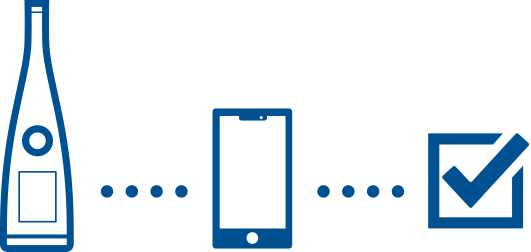The inner ear is the most fragile part of our hearing and cannot be repaired. It is therefore important to protect workers and prevent damage to their hearing. Due to the risk of irreversible damage, health and safety regulations (such as OSHA 29 CFR 1910 General Industry Regulations: Standard No. 1910.95 Occupational noise exposure and Directive 2003/10/EC of the European Parliament) have been set up to protect the workforce. The Council of February 6, 2003, on minimum health and safety requirements regarding the exposure of workers to the risks arising from physical agents (noise) requires employers to assess the noise exposure for all their employees. The primary goal of is to identify whether there is a risk of hearing impairment due to excessive noise or not.
Standards are required to ensure that assessments are homogeneous and objective, and some countries require type-approval for legally relevant measurements. ISO 9612 defines procedures for measuring occupational noise and calculating workday exposure, and provides three methods for making the assessments, each with its strengths and weaknesses: Whole day, task-based and job-based.

B&K 2245 SOUND LEVEL METER
Whole-day assessments (usually with dosimeter) measure the entire day. While this assessment type can be attractive because you don’t need to know the worker’s schedule, it can make it difficult to identify specific behaviours or tasks that warrant mitigation.
Task-based analysis requires breaking down the workday and dividing it into tasks and then measures with a sound level meter to calculate exposure. This method requires a lot of work to identify and analyze tasks, but it is an excellent tool for finding mitigations for specific tasks. This task may also not be appropriate if workers perform different tasks every day.
Job-based measurement is, in essence, a blending of task-based and whole-day analysis. This method uses typically sound level meters to make random samples of noise exposure measured during the performance of jobs identified during the work analysis. How much measuring is dictated by the standard and based on the size of the work group.
Based on the analysis outcome, employers may be required to take risk mitigation actions. For example, if the exposure is above the action value but below the critical limit of the regulation, employers must institute a hearing conservation program, informing workers about the risk, providing hearing protection with training for proper use, how to actively reduce their noise exposure, and ensuring audiometric monitoring of workers' hearing. If the exposure is above the critical limit of the regulation, employer must take measures to reduce the noise exposure. If it is not possible to do this by changing working pattern, workplace design, noise sources (noise reduced tools and machinery) or using technical means (mufflers, absorbers), workers must wear hearing protection that ensure noise exposure is below the limits.
It is extremely important that the results of any assessments are accurate because mistakes in under or over rating the noise exposure can be costly in terms of expense and worker health. The efforts involved in administering hearing conservation programs and changing the configuration of workplaces can be enormous, as can be the damage if the assessment failed to indicate the risk.
TALK TO US
EXPERT ADVICE FOR
SOUND LEVEL METERS
Obtaining accurate assessments can be a difficult task because the procedures can be complicated to follow, with multiple measurements required per task and minimum measurement times for exposure groups depending on size. ISO 9612 also includes uncertainty calculations that can help determine if the assessment needs to be made again, for example. These calculations can of course be done in a spreadsheet, but any error in the process can have drastic results. Generally, the uncertainty can be reduced by adding more measurements, or a more detailed job or task analysis, but this adds a lot of time to an already long process.
B&K 2245 with Work Noise Partner is a class 1 sound level meter that is type-approved for legally relevant measurements in Spain and features an app designed to remove the uncertainty from the assessment and enable a correct result on the first attempt. As a class 1 sound level meter, B&K 2245 provides more accurate data than class 2 instruments and, therefore, results with greater certainty. B&K 2245 work noise app can also reduce the possibility of error because it can calculate the result on site, providing immediate feedback on the validity of the measurement.
But the work noise partner app also reduces the possibility of error because the app guides you through the process, documenting the survey at the same time, even warning the operator about minimum measurement times. This removes the need for additional documentation that is normally created after the measurement and makes reporting a much easier task.
Back in the office, The B&K 2245 Work Noise Partner PC application performs all of the calculations needed to determine uncertainty. If it is too high and have the job analysis, you can divide tasks up. For example, if there is a task that has a wide range of exposure, it can be divided up into subtasks so that if a machine is used in different ways, the high-noise tasks can be more readily identified, and uncertainty can be reduced.


